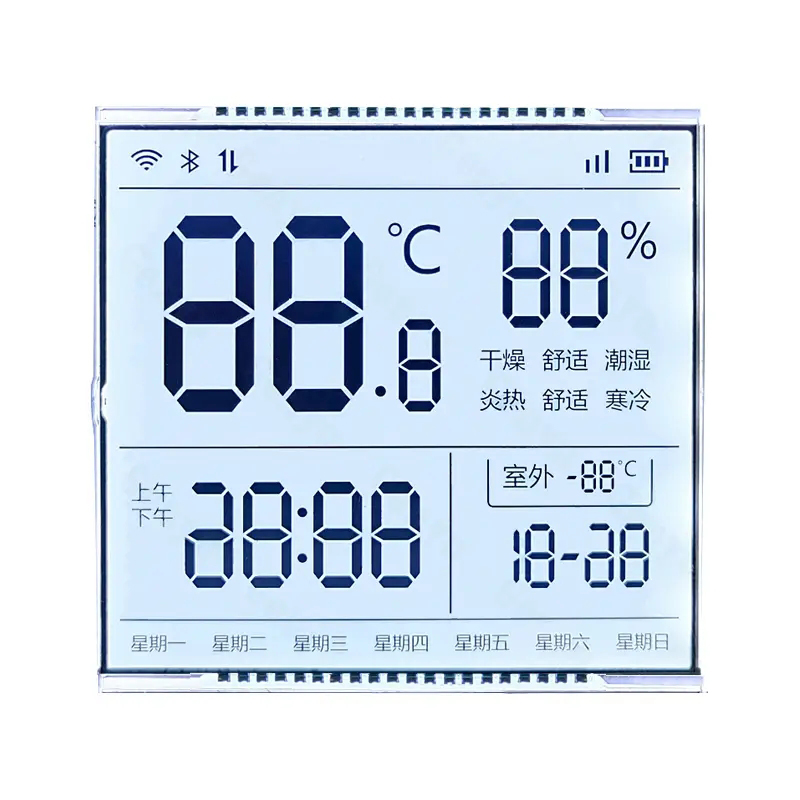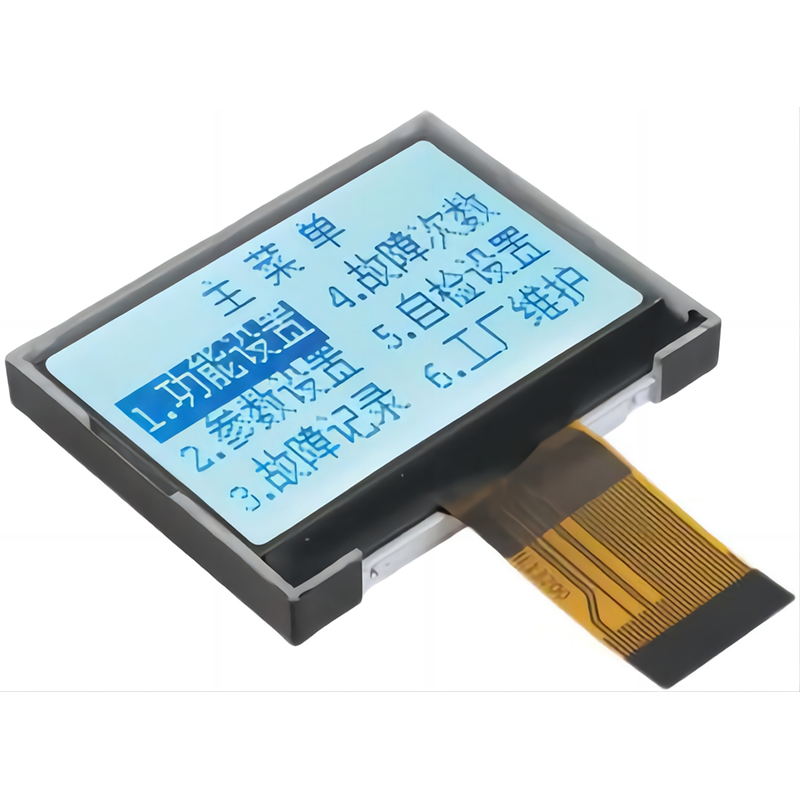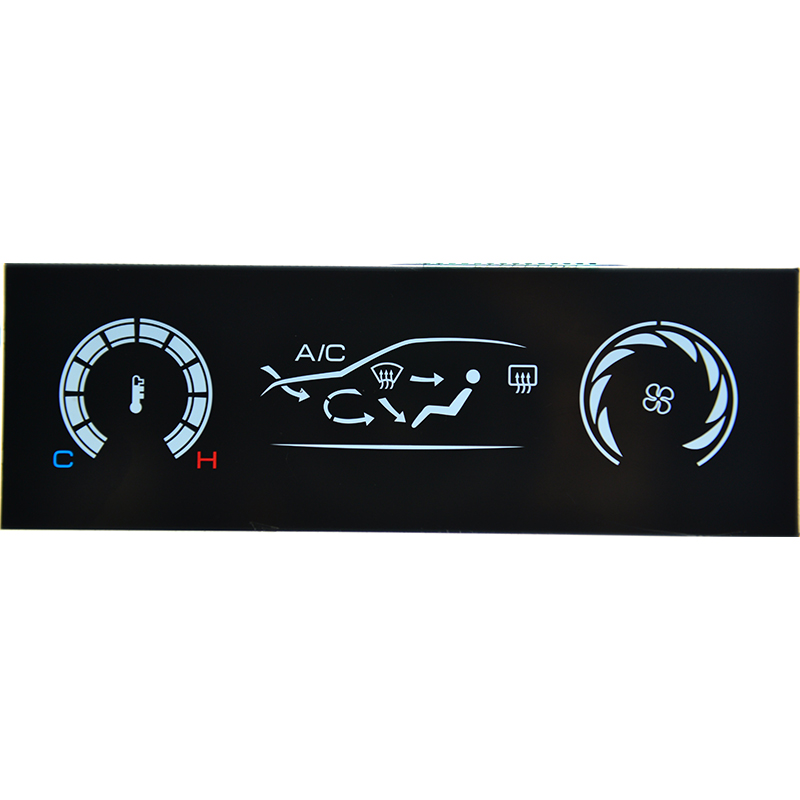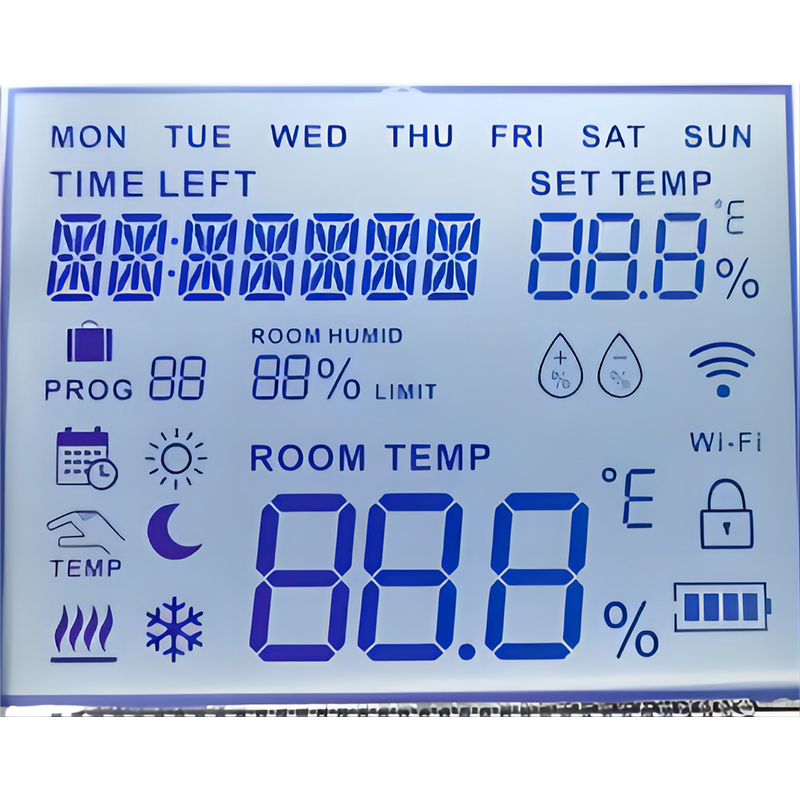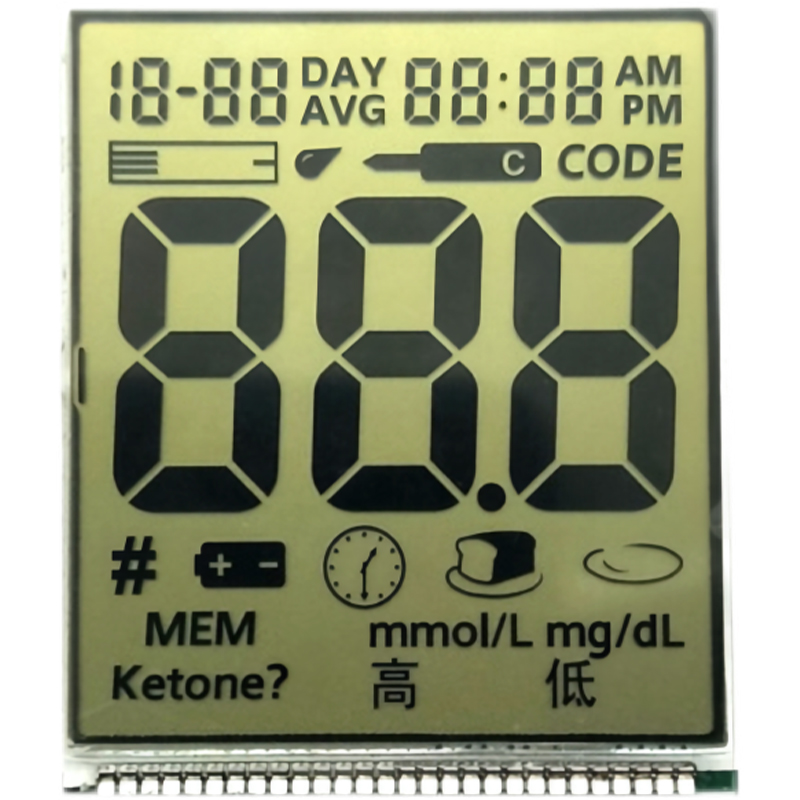
This comprehensive guide explores AMOLED display technology, delving into its principles, advantages, disadvantages, applications, and future trends. We'll cover everything from the basic science behind AMOLED screens to real-world examples and comparisons with other display technologies. Learn how AMOLED technology enhances image quality, power efficiency, and design flexibility in various devices.
AMOLED, or Active-Matrix Organic Light-Emitting Diode, is a display technology that uses organic compounds to emit light. Unlike LCDs (Liquid Crystal Displays) which require a backlight, each pixel in an AMOLED screen is self-illuminating. This allows for deeper blacks, higher contrast ratios, and improved power efficiency, especially when displaying dark content. The active-matrix part refers to the thin-film transistors (TFTs) that individually control each pixel, enabling faster response times and sharper images. Manufacturers such as Samsung have been at the forefront of AMOLED innovation, constantly improving the technology’s capabilities. For high-quality AMOLED displays for your projects, consider exploring the options available from companies like Dalian Eastern Display Co., Ltd.
AMOLED displays boast incredibly deep blacks because each pixel can be turned off completely, resulting in a truly infinite contrast ratio. This leads to more vibrant colors and a more realistic image compared to LCDs, which often suffer from backlight bleed. The wider color gamut also contributes to richer and more accurate color reproduction.
Because pixels only consume power when illuminated, AMOLED screens are significantly more energy-efficient than LCDs, particularly when displaying predominantly dark content. This translates to longer battery life in smartphones, tablets, and other mobile devices.
The absence of a backlight allows for thinner and lighter designs, making AMOLED displays ideal for portable electronics. This design flexibility opens possibilities for more innovative and sleek product designs.
The active-matrix addressing scheme in AMOLED displays contributes to much faster response times compared to traditional LCDs, making them perfect for applications with fast-moving visuals, like gaming.
One common concern with AMOLED displays is the potential for burn-in, where static on-screen elements become permanently imprinted on the screen. While modern AMOLED panels have greatly reduced this risk through advanced pixel refresh techniques, it remains a potential issue, especially with prolonged display of static content. Careful usage and regular screen rotations can help mitigate this.
AMOLED displays are generally more expensive to manufacture than LCDs, contributing to a higher price point for devices using this technology.
While different from burn-in, image retention is a temporary persistence of an image after it has been removed from the screen. This is less serious than burn-in and usually fades away quickly.
| Feature | AMOLED | LCD |
|---|---|---|
| Black Levels | True Black | Grayish Black |
| Contrast Ratio | Infinite | Limited |
| Power Consumption | Lower (especially with dark content) | Higher |
| Response Time | Faster | Slower |
| Cost | Higher | Lower |
AMOLED displays are widely used in various devices, including smartphones (like those from Samsung), smartwatches, televisions, and high-end laptops. Their superior image quality and power efficiency make them ideal for applications where visual fidelity and battery life are crucial.
Ongoing research and development continue to improve AMOLED technology, addressing challenges like burn-in and cost. Advances in materials science and manufacturing techniques are expected to lead to more efficient, durable, and affordable AMOLED displays in the coming years. We can anticipate even brighter, more energy-efficient, and larger AMOLED screens in a wide array of future consumer electronics.
1 Samsung Display. (n.d.). AMOLED Technology. Retrieved from [Insert Samsung Display AMOLED Technology page link here if available and add rel=nofollow]

